
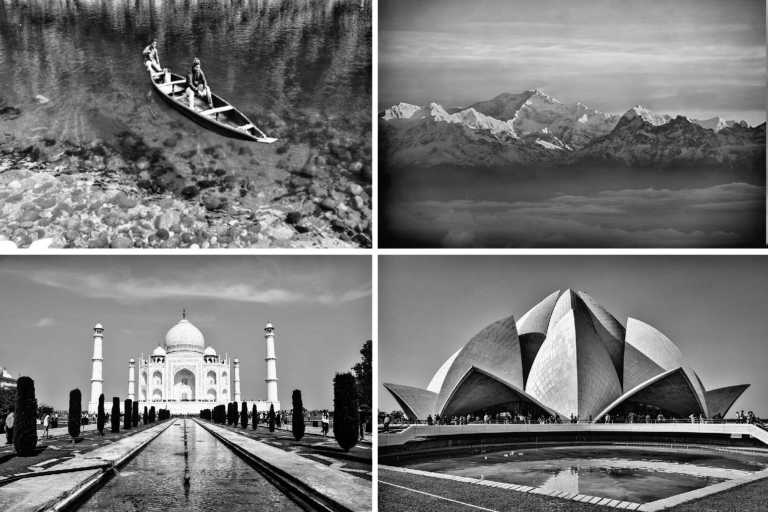






































Explore India's Golden Triangle and Himalayan Retreat: Delhi, Agra, Darjeeling & Meghalaya
Hosted by
Pawan
What's special?
About me! Introducing myself, Pawan, your 21-year-old trip leader, and the mastermind behind our upcoming adventure. I'm not just your guide; I'm your fellow traveler, your partner in exploration, and your source of inspiration. My passion for travel runs deep, and it's a fire that fuels my desire to discover the world's hidden treasures. At my age, I've already explored diverse cultures, from bustling cityscapes to tranquil natural wonders. These experiences have not only broadened my horizons but have also equipped me with the skills to ensure an exceptional journey for all of us. The essence of our expedition is the thrill of the unknown, and I'm here to share in that excitement with you. Whether it's navigating through the vibrant streets of a new city, savoring exotic flavors, or conquering challenging adventures, I'm your enthusiastic co-adventurer, always ready to make the most of every moment. But what truly sets our journey apart is the sense of community we'll build. Together, we'll transcend the status of strangers and forge deep connections, creating a tight-knit family as we explore this incredible world. So, come join me on this unforgettable expedition. With me as your travel leader, you're not just embarking on a trip; you're embarking on a transformative experience, where the world becomes our playground and every moment is a chance to be awed and inspired.
Details about the accommodation: We will have shared hotel rooms, however single is available also. In all of them, breakfast will be included. Le Roi Express is 3 stars in Delhi, Radisson Hotel Agra is 5 stars in Agra , Dekeling resort is 4 stars in darjeeling and Woodland hill stay in meghalaya. Please try your best to reach before 12 PM (India time)+5:30GMT to avoid extend the duration one more day. The Accommodations are excellent to stress release.
What's included?
Learn More
Trip Highlights Video
Gallery


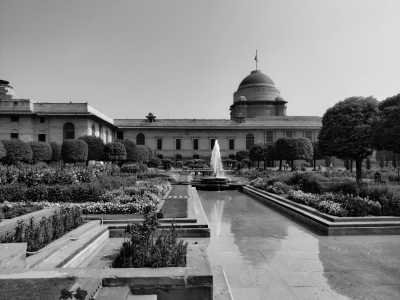
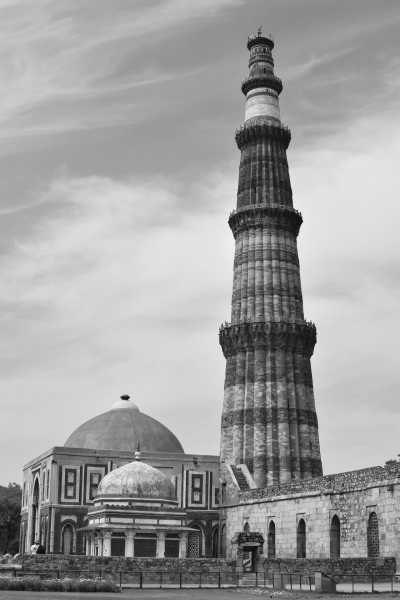
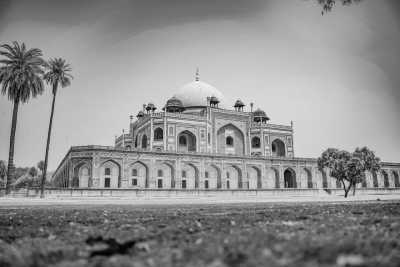
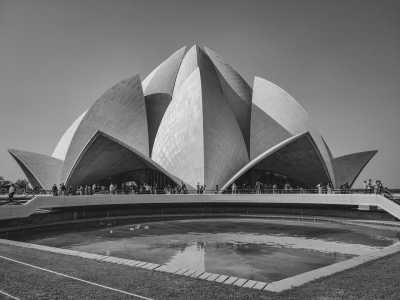
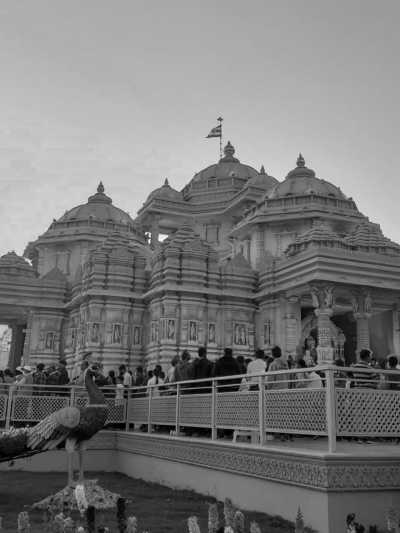

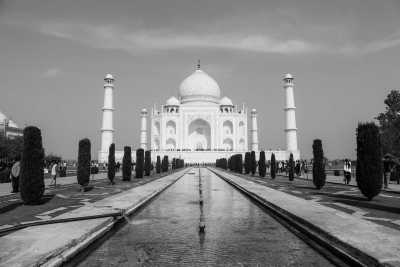


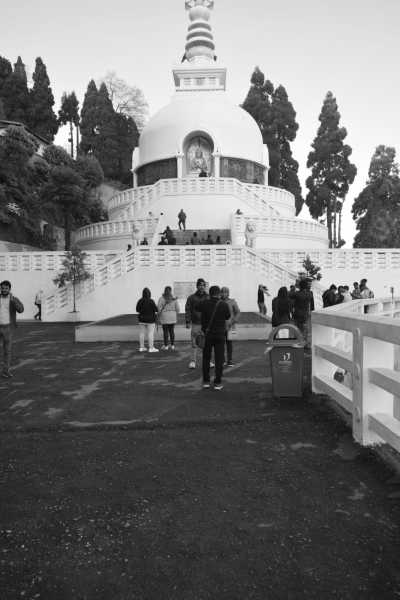
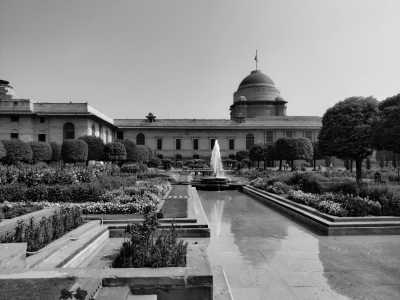


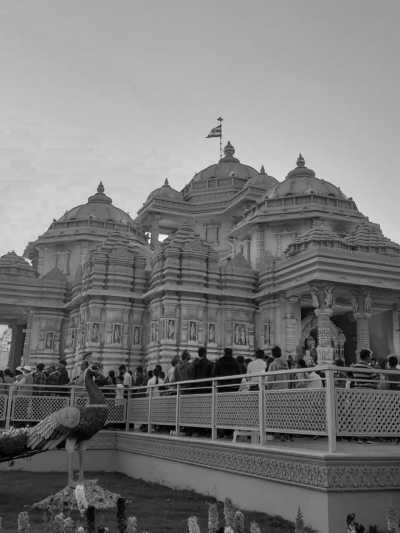
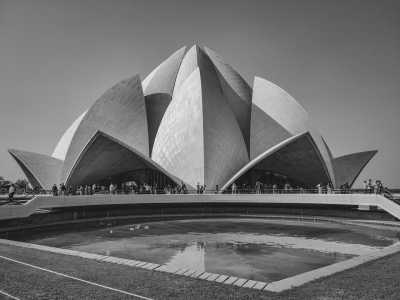

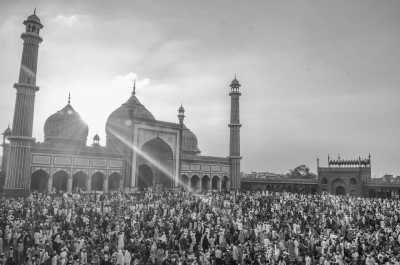

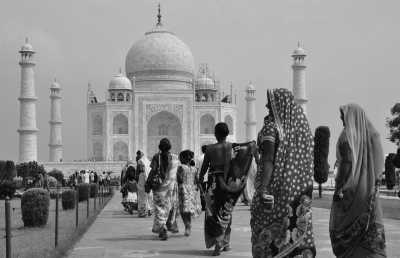
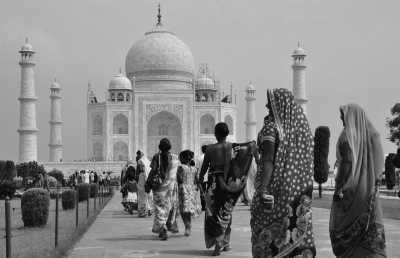
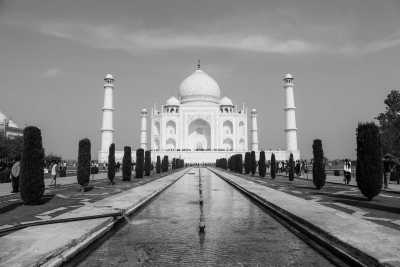
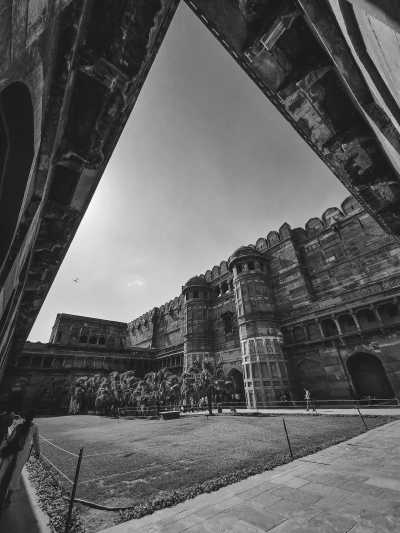
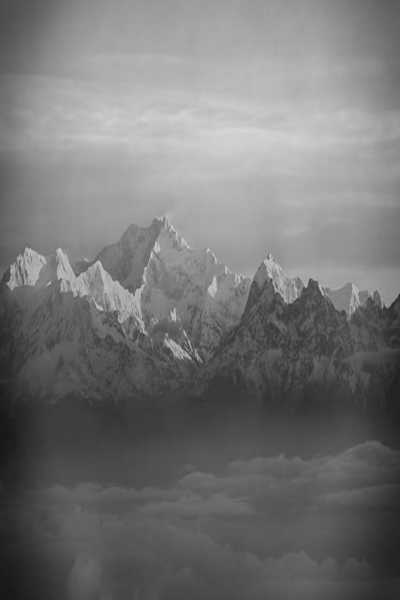
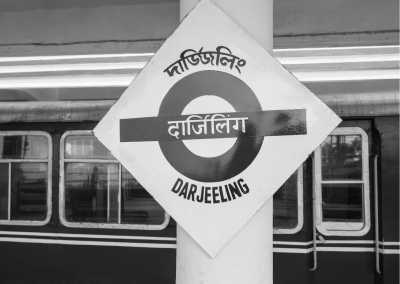

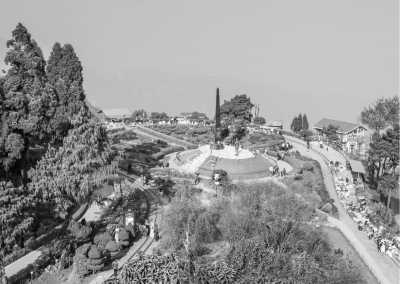
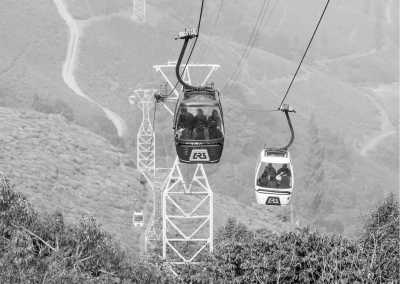
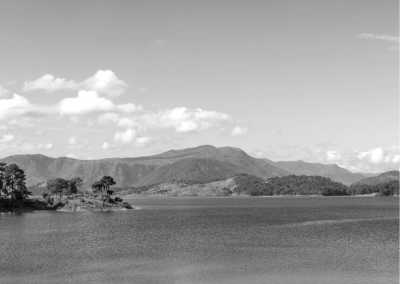

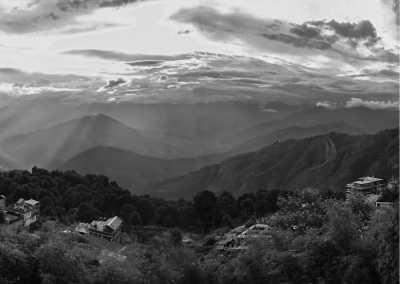
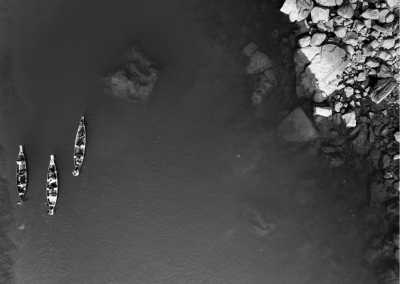
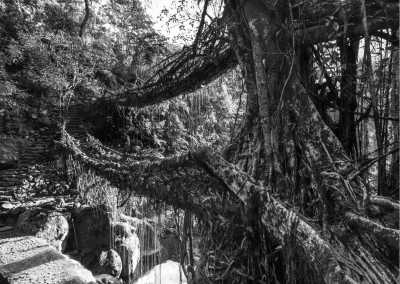

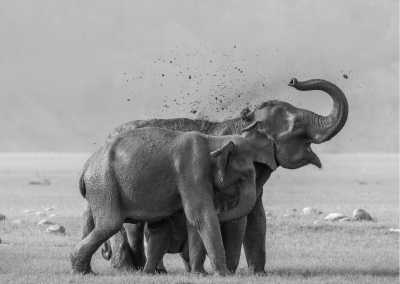
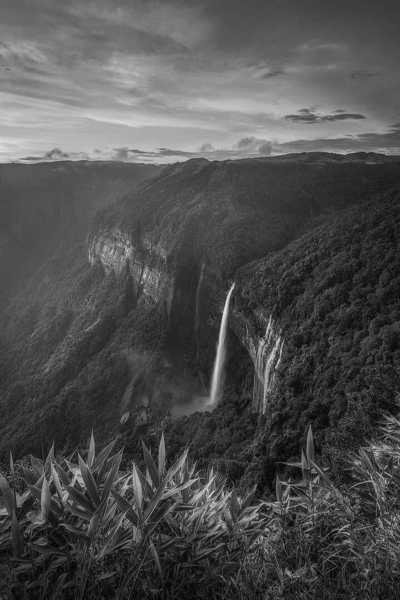
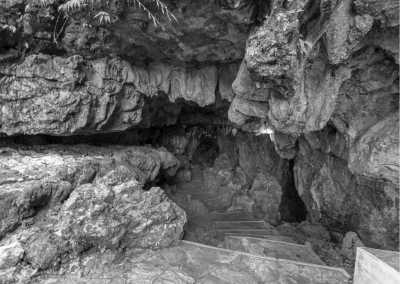
Meet Your TripLeader
"Pawan, 21, passionate traveler guide. Exploring the world one adventure at a time. Let's discover new horizons together! 🌍✈️
Trip Itinerary
India Gate
Rashtrapati Bhavan
Qutub Minar
Humayun’s Tomb
Akshardham
Lotus Temple
Rajghat
Jama Masjid
Taj Mahal
Agra Fort
Tiger Hill, Darjeeling
Darjeeling Himalayan Railway
Peace Pagoda, Darjeeling
Rock Garden, Darjeeling
Darjeeling Ropeway
Cherrapunji
Māwsynrām
Shillong
Dawki
Living root bridge
Umiam Lake
Balpakram National Park
NohKaLikai Falls
Mawsmai Cave
Trip Summary
Accommodation
Hotel & Bed & Breakfast11 days trip
India Gate, Rashtrapati Bhavan & 22 moreTransportation
Car, TrainWhat's excluded?
Why JoinMyTrip?
Live Chat with our experts 24x7